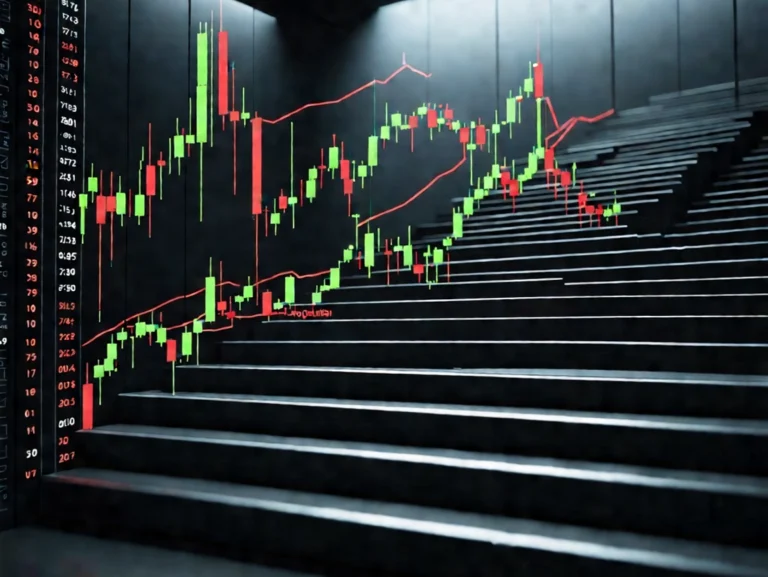Shining Bright: Gold Prices Rise as US Dollar Takes a Step Back from Multi-Year Highs
Unlocking the Value of Gold
Gold price (XAU/USD) rises for the third consecutive session on Thursday, following a more than 27% increase in 2024, marking its best performance since 2010. This upward momentum has been driven by US monetary easing, persistent geopolitical tensions, and record central bank purchases.
The Allure of Gold Investment
Investors have long turned to gold as a safe-haven asset during times of economic uncertainty. With the US dollar taking a step back from multi-year highs, the price of gold has seen a significant increase. The precious metal has always held a special place in the world of finance, with its intrinsic value serving as a hedge against inflation and currency fluctuations.
As central banks around the world continue to increase their gold reserves, the demand for this precious metal remains strong. Geopolitical tensions, such as the ongoing conflict in Ukraine and sanctions on Russia, have also contributed to the rise in gold prices. Additionally, the US Federal Reserve’s decision to keep interest rates low has further boosted gold’s appeal as an investment option.
Impact on Individuals
For individual investors, the rise in gold prices presents an opportunity to diversify their portfolios and protect their wealth. Gold has historically been a reliable store of value, with its price often moving in the opposite direction of other asset classes such as stocks and bonds. By allocating a portion of their investments to gold, individuals can reduce their overall risk and potentially increase their returns over the long term.
Furthermore, as the price of gold continues to rise, individuals who already hold gold in their portfolios stand to benefit from capital appreciation. Whether in the form of physical gold or gold-backed securities, owning this precious metal can provide a sense of security and stability in turbulent times.
Impact on the World
The increase in gold prices has a far-reaching impact on the global economy, affecting not only individual investors but also central banks, governments, and financial institutions. Central banks, in particular, have been actively buying gold in recent years to diversify their reserves and reduce their reliance on the US dollar. This trend is expected to continue as countries seek to protect themselves against currency devaluations and political uncertainties.
Moreover, the rise in gold prices reflects a growing distrust in traditional fiat currencies and a desire for alternative investments. As the global economy remains volatile and unpredictable, gold offers a sense of stability and security that is highly valued by investors worldwide.
Conclusion
With gold prices on the rise and the US dollar taking a step back from multi-year highs, the precious metal continues to shine bright as a safe-haven asset for investors. Whether you are an individual looking to diversify your portfolio or a central bank seeking to protect your reserves, gold remains a valuable and trusted investment option in today’s uncertain times. As geopolitical tensions persist and monetary policies evolve, the allure of gold as a store of value is expected to endure, offering both individuals and the world a beacon of stability in an ever-changing financial landscape.




